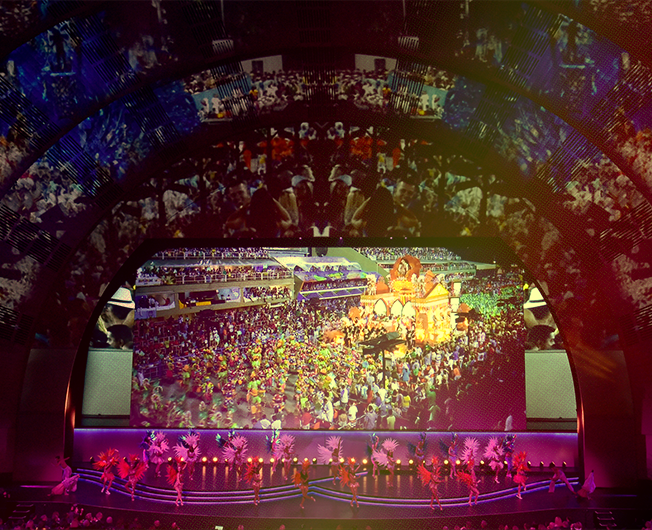Mark your calendar for Mediaweek, October 29-30 in New York City. We’ll unpack the biggest shifts shaping the future of media—from tv to retail media to tech—and how marketers can prep to stay ahead. Register with early-bird rates before sale ends!
Independence Day has come and gone—no, I'm not just talking about the movie sequel—and the 2016 upfront marketplace will soon follow. Here's a refreshing "independent" thought: For the first time in a few years, we did not hear chatter this time around about what an anachronism the upfront is.

Rich Goldfarb
By all accounts, this year's marketplace has been quite healthy. It was good for sellers who can sure use cash to offset the escalating cost side of their businesses. It was good for advertisers who perhaps grudgingly accept the power of television/video to connect with their customers and drive positive results. And it was good for agencies and media shops that can use billing in a world of thin margins.
As always, supply and demand and basic fundamentals ruled the day. Scatter pricing throughout much of the preceding quarters had been strong, a perennial harbinger of a solid upfront. Beyond that, I noticed a few other reasons it was a strong market this year:
- The enduring effectiveness of TV/video (both essentially the same even though some continue to try to parse the difference depending on the platform).
- The ability to obtain advantageous positions in the highest quality content (and there sure is a lot, as FX's John Landgraf has often pointed out).
- Some well-documented questions about certain aspects of digital.
- Advertising categories with competitive heat, such as CPG, pharma, quick-serve restaurants and retail.
- The ability to secure cancelation options.
- The attractiveness of locking in sponsorships, branded content, exclusivities, reciprocal marketing, and the lead time to develop and activate partnerships.
At its core, the upfront is essentially part of a media hedge fund of sorts—albeit one that attracts attention like some sort of media Super Bowl. Why a hedge fund? Because a sizable portion of media dollars gets placed outside of the upfront. As GroupM's Rino Scanzoni (who got the better of me many years back with a multiyear Wonder Years-Kraft deal) aptly put it years back, "It's a 52-week business."
Locking in pricing during the upfront is a fundamental hedge against the potential for higher pricing in the scatter markets throughout the year. So one can easily compare all media purchases to a stock portfolio with diversification. In fact, many media shops have already renamed their buying groups as media investment groups with good reason.
With all the talk about the inefficiencies of the upfront system, it's interesting to note how many "digital" players have made major efforts to get into the game—NewFronts, Outfronts, etc. I say they are all welcome to bask in the halo of the upfront, but TV/video is the original source. Let's not forget that.
And while analytics have a growing impact on targetability, ROI and data capture, could algorithms and programmatic handle a 52-week scatter-only marketplace on both the buy and sell sides Certainly not yet, especially in handling the growing importance and nuances of sponsorships and branded entertainment. That said, we do need to get there, eventually.
In the meantime, we know that all business is cyclical, and that cold fronts will come and go. But for now, the upfront is alive and well. So let's celebrate one that's just wrapping and enjoy the rest of summer!
Rich Goldfarb, most recently svp of media sales for Fox Networks/National Geographic Channels and a veteran of NBC Cable, Turner and Viacom, sits on several advisory boards.








